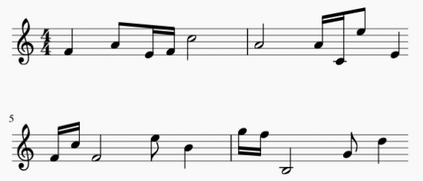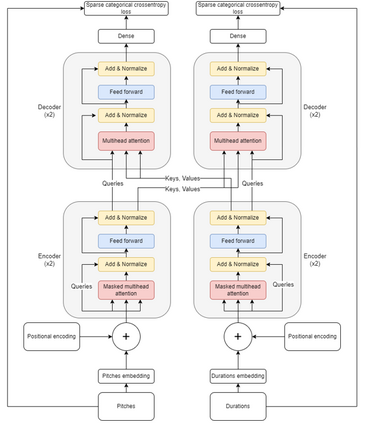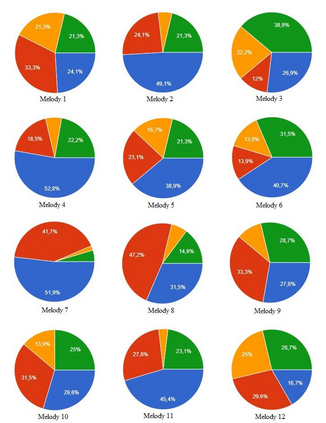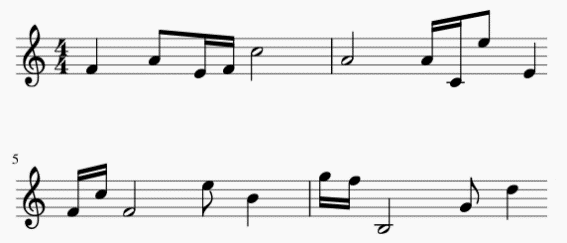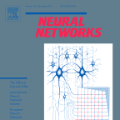This paper introduces four different artificial intelligence algorithms for music generation and aims to compare these methods not only based on the aesthetic quality of the generated music but also on their suitability for specific applications. The first set of melodies is produced by a slightly modified visual transformer neural network that is used as a language model. The second set of melodies is generated by combining chat sonification with a classic transformer neural network (the same method of music generation is presented in a previous research), the third set of melodies is generated by combining the Schillinger rhythm theory together with a classic transformer neural network, and the fourth set of melodies is generated using GPT3 transformer provided by OpenAI. A comparative analysis is performed on the melodies generated by these approaches and the results indicate that significant differences can be observed between them and regarding the aesthetic value of them, GPT3 produced the most pleasing melodies, and the newly introduced Schillinger method proved to generate better sounding music than previous sonification methods.
翻译:暂无翻译

